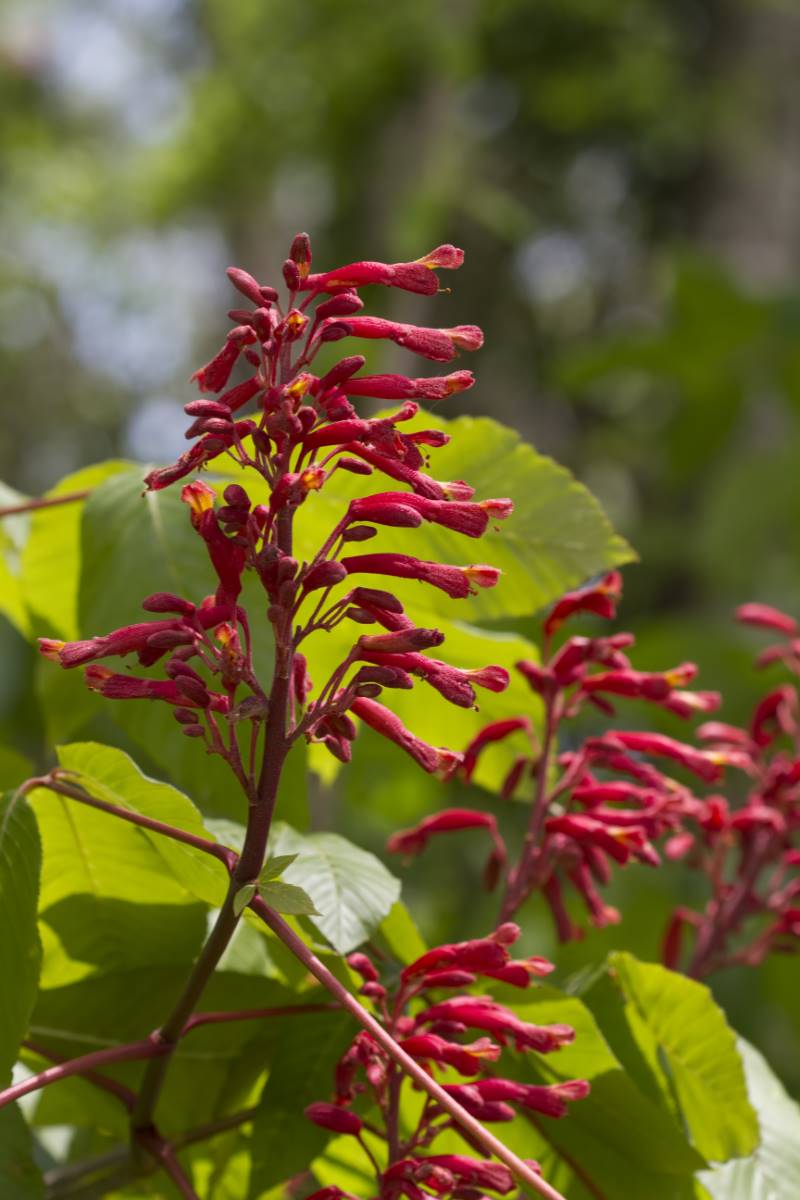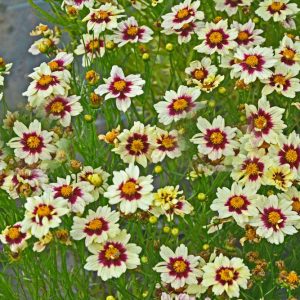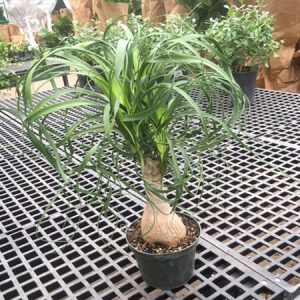Description
Aesculus – Buckeye – Horse Chestnut
There’s about 20 species of deciduous shrubs and tall trees in this genus. More then half are native to North America some found from Asia to southeast Europe. General found in deep soil in a sheltered valleys, They have large compound leafs comprised of 5-11 leaflets that are mid green to dark green. In spring or summer showy upright panicles of cream to reddish 4-5 petaled flowers ½-1 ¼” wide flowers bloom at branch tips in a conical shape. Inedible fruits contained in big seed capsules that vary form smooth to spiny which the common name Horse Chestnut derives form. All parts if indigested may upset stomach.
Performs best in cool temperature climates, in deep fertile and moisture retentive soil, most are frost hardy. Plant in full sun or partial shade. Well suited for parks or open gardens.
Prone to canker, coral spot, leaf blotch, Japanese beetles, scale insects, Anthracnose, rust, and powdery mildew.
Aesculus pavia – Aesculus splendens – Red Buckeye – Has a shrubbery conical habit but can grow into a small tree. Native to the woodlands on coastal plains of Eastern America. The leaves are smaller then most Aesculus but still have 5-7 palmate lustrous dark green lance shape leaflets 5” long. Red sometimes yellow marked flower are born in early summer on short 6” panicles followed by smooth skinned fruit. The leaves take on a red tone in autumn.
Zones 6-10





